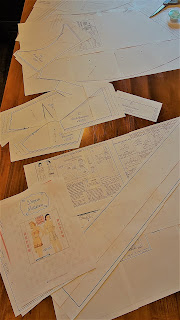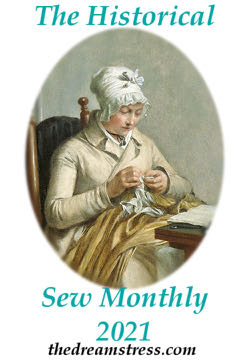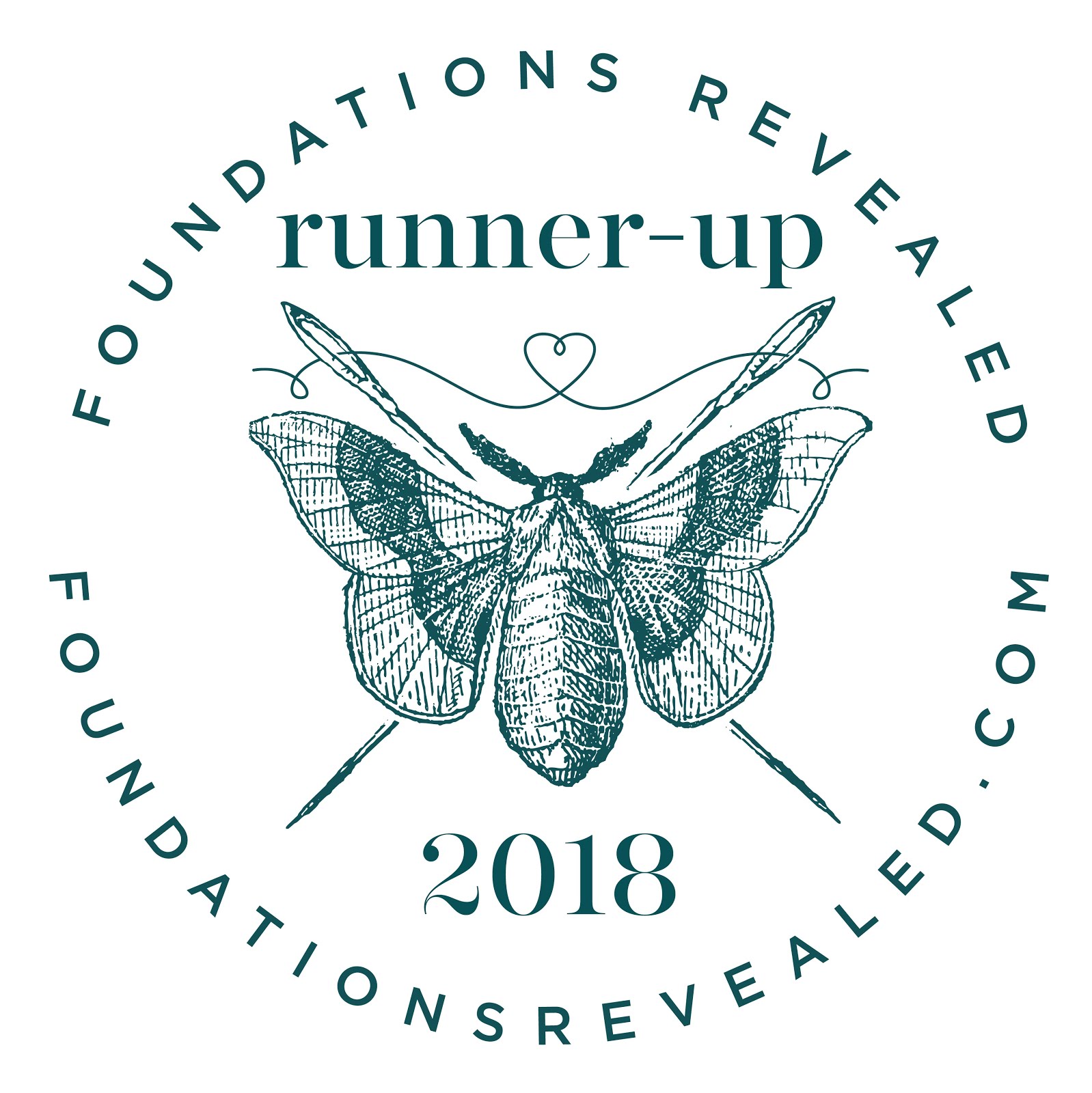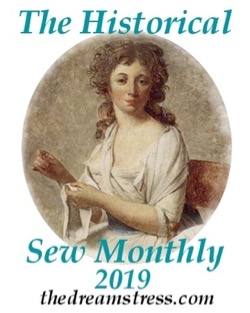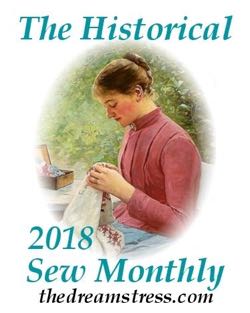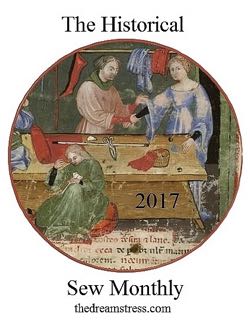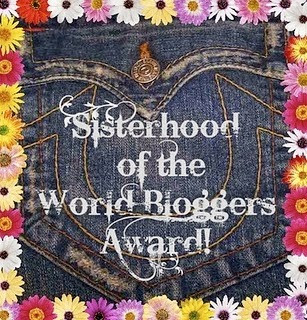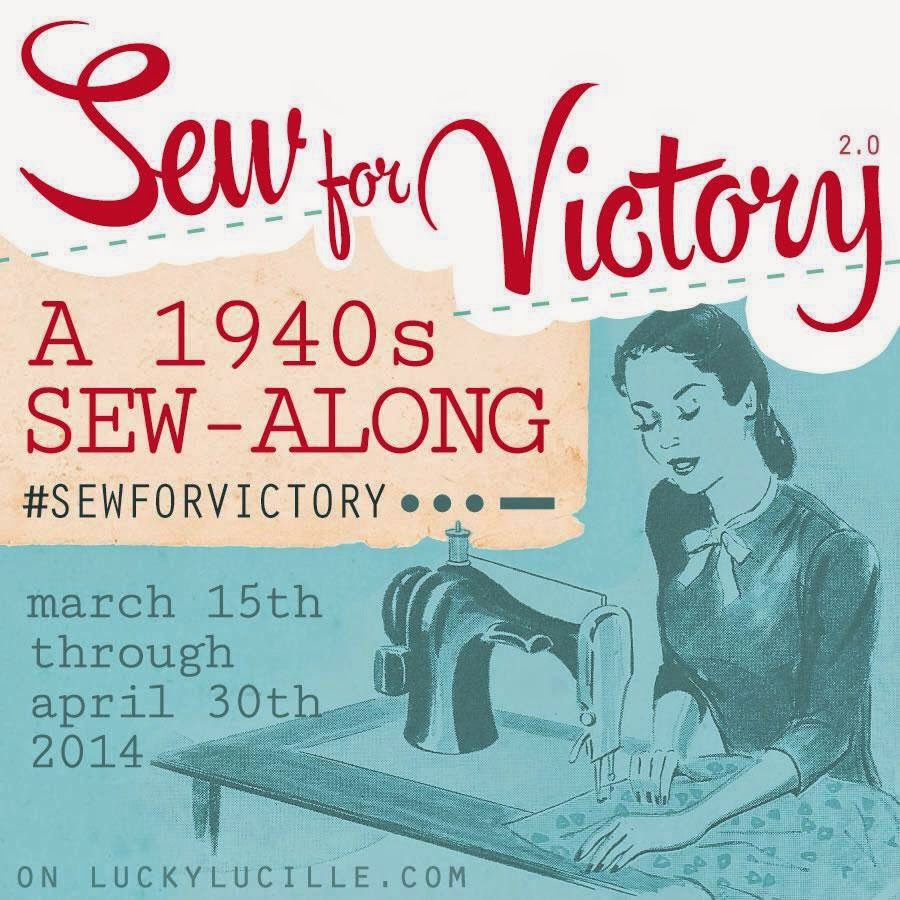Companion YouTube Video: https://www.youtube.com/watch?v=iH9kosTz4ns
The fashion silhouette is everchanging.
And the foundations that create that silhouette are everchanging as well. There are foundation layers that protect the outer layers of clothing from the body. And there are layers that support, enhance, firm, flatten and otherwise change the body into something completely different than what nature endowed.
The best advice I ever received as a newbie costumer was to begin any new fashion era by creating the garments from the inside out. This is a daunting task for a whim-directed costumer like me. I have, with a lot of help from pattern designers, created foundations from several eras.
1. 18th Century shift, stays, and panniers. Patterns by Simplicity designed by American Duchess.
2. Victorian Early Bustle Era combinations, a trained bustle from a Laughing Moon pattern, and petticoat. Combinations and trained petticoat from patterns by Truly Victorian.
3. Victorian Natural Form Era combinations, corset, and petticoat with button-on train. All patterns by Truly Victorian.
4. A hip and bum pad combination to create that sought after hourglass silhouette. A bit of padding can be dramatic!
5. A little sidetrack from historical Victorian into Steampunk Victorian with the Versailles Corset Bodice pattern by Harlots and Angels made to match a Late Bustle Era skirt. And what could be more Steampunk than being on a steam train going to a Steampunk ball!
6. Gaining more foundations courage I followed the 18 Panel Waspie with Bodice and Bust pattern by Corsets By Caroline and made another foundation but worn as outer wear.
7. This corset is an Early Edwardian pattern by Truly Victorian and includes hip and bust pad patterns.
8. 1910s bloomers, camisole, and petticoat made with the Folkwear Edwardian Underthings patterns and a corset from a pattern by Reconstructing History.
8. Sometimes I add a pop of color to the foundations and these bloomers, camisole, and petticoat were also made using the Folkwear Edwardian Underthings pattern.
10. By 1913 the bust supporter had been designed and I used this pattern by Wearing History.
11. Also Late Edwardian Era, a camisole and drawers and corset, patterns by Truly Victorian.
1930s Underthings
After sewing those foundations you can well imagine what a treat it was for me to begin my research of 1930s foundations and discover such simplicity. "Everyday Fashions of the Thirties as Pictured in Sears Catalogs" edited by Stella Blum was my beginning for this research. The foundation garments seem to try to create the impression of a perfect, nude body under the clothing. The breasts are supported but natural, the hips are firmed, the belly flattened.
Finding vintage reproduction patterns was simple and many were available in downloadable format. Although the 1930s wardrobe I've planned is primarily black and white with pops of red, I have some small amounts of colored fabrics that are perfect for use with the patterns. White and black rayon, a black and white patterned rayon remnant, a peach patterned silk crepe de chine, and a bit of blue china silk left over from the Edwardian butterfly underthings I shared earlier in this post.
I'll be sharing the making of the 1930s foundations in three separate blog posts and videos. The first will be the 1930s bras and tap pants, the second will be slips, and the third will be a 1930s Corset Garter Belt and Kestos Garter Belt, and a surprise.
1930s Bra and Tap Pants - White
The first pattern I'll be using is by Mrs Depew Vintage on Etsy, #2023 1930s Bra and Tap Pants. I've downloaded and printed and assembled the pattern and instructions.
I'll begin with the tap pants in the white rayon following the pattern from Style 1, without lace. The pattern pieces are a front, back, and two-piece crotch.
The front and back are joined leaving the left side open for the placket. I've used a French seam by sewing the wrong sides together with a 1/4" seam, trimming to 1/8", pressed and turned right sides together, and sewn with another 1/4" seam matching the 1/2" seam allowance allowed in the pattern.
Both the front and back pattern pieces have markings at the lower center. While it may appear to be a dart, it is actually where the crotch is sewn. A line is stitched up one side of the marking and down the other for reinforcement and then slashed between the stitching.
I've also used a French seam to join the two halves of the crotch.
The crotch is sewn to the slash edges both front and back.
Since this is more of a wearable mock-up, I decide to use the last bit of a wide cotton bias from my stash. It was unused because of some discoloration but perfect for this project. I create the finish for the back edge of the opening.
Then I create the finish for the front edge of the opening. The pattern instructions are very clear with great illustrations for creating the placket.
The upper edge is finished with the same wide bias tape sewn to the waist, pressed, turned, a lower seam allowance pressed at the lower edge of the bias tape and hand stitched to the tap pants body at the lower edge of the tape.
Then a top-stitch is sewn along the upper edge.
The instructions recommend a bias facing on the lower edges but I choose to make a narrow machine-stitched hem.
There should be three buttons but I only have five and need three for the slip I'll make later, so I add two buttonholes, buttons, and a tiny satin rose on each side. The tap pants sit a bit askew on Vickie, the dressform, since she has pole right through her middle, but I'm very happy with these and this pattern!
The pattern for the 1930s brassiere consists of four pieces; upper front, lower front, back, and shoulder strap. There is also an elastic guide. All pieces are cut for Style II which is for lace, net, or sheer fabrics, and has a lining from the same pieces.
I've marked the darts on the inside of the upper front pieces with a Frixion heat-erasable pen and sew the darts in both the exterior and lining pieces. The darts are pressed.
The upper and lower fronts are sewn together and pressed for both exterior and lining.
The center seams are sewn and pressed.
The back pieces are added and the seam pressed open.
Two pieces of 1/2" elastic are cut to 18-1/2". This is also Style II which crosses in the back and wraps around to the front. The elastic is positioned at both center back edges of the exterior and basted in place.
The exterior and lining are positioned right sides together sandwiching the elastic inside. The two layers are then sewn together all the way around leaving an opening for the bra to be turned right side out. The bra is pressed and the opening stitched closed by hand.
The straps are sewn right sides together with one end folded 1/2" to the inside. The seam is trimmed and the strap turned right side out and pressed. A 3-1/2" piece of 1/2" elastic is cut to be sewn to the end of the strap with the finished edge.
The straps are sewn to the bra front and backs as marked on the pattern.
The long elastic straps are finished with a hook and eye. This could be both hooks to be attached to eyes on the tap pants or a girdle.
With a satin rose added to center front the first set of 1930s bra and tap pants is complete!
1930s Bra and Tap Pants - Blue
I love the color of this silk and it feels luscious to wear but it is like sewing cobwebs together. I used the Mrs. Depew #2023 pattern and made this bra and tap pants according to Style I. The tap pants are finished with a bias facing at the waist, and narrow machine-sewn hems. The placket closes with snaps and peach-colored buttons cover the stitching.
Peach-colored satin roses sewn on each side at the hem.
The bra in Style I has a single layer of fabric, French seams, and narrow machine-sewn hems.
With a peach-colored satin rose sewn on the bra the blue silk set is finished!
Just a side note here as you see these photos - the bra fit isn't correct on the dressform for cup size but fits beautifully giving the correct "natural" silhouette. It is a multi-sized pattern and easily adjustable for cup size as necessary.
1930s Bra and Tap Pants - Black
The Mrs. Depew #2023 Tap Pants pattern goes together so beautifully I decide to make another pair with black rayon fabric. Instead of using a bias facing on the upper and lower edges I use a lace that folds in half and encases the unfinished edge. Sewing the lace on with a machine makes for quick finishing. Snaps are sewn into the placket for closure. Oh, and red satin roses.
For a coordinating bra I used Wearing History AC128 1930s Low-Back Brassiere. I downloaded, printed, and assembled the pattern.
The pattern pieces are an upper front, lower front, back and two different length straps.
The upper and lower front pieces are sewn.
The center seam is sewn.
The backs are attached.
Using the same lace trim I used on the black tap pants, I covered the raw edges sewing by machine.
The shoulder and body straps are sewn right sides together, the seam allowance trimmed, and the straps turned right side out and pressed. Then they are attached to the bra body.
Did you see the red satin rose?
The waist strap is left long for now until I decide if I will attach it to the garter belt I'll be making. But for now it ties closed. And I love how low the back is!
The 1930s bra and tap pants in black rayon is complete!
1930s Bra and Tap Pants - Black and White
As I was locating fabric for my 1930s wardrobe I found a fun rayon remnant. I wasn't sure what I would make with it but the price made it irresistible. There was just enough for one more set of bra and tap pants and I have some day dresses planned where a patterned set of underthings will be fun to wear. I used the Mrs. Depew #2023 pattern for the tap pants with some leftover lace trim. There wasn't enough trim so I improvised at the inner leg with a few somewhat matching pieces.
The bra is made using the Wearing History AC128 pattern and some similar trims.
That completes the black and white bra and tap pants set!
Four Finished Sets of 1930s Bras and Tap Pants
That completes the first layer of foundations for the 1930s vintage wardrobe. Stay tuned for more!
Love,
Jeanette
.jpg)



















.jpg)
.jpg)






























.jpg)



